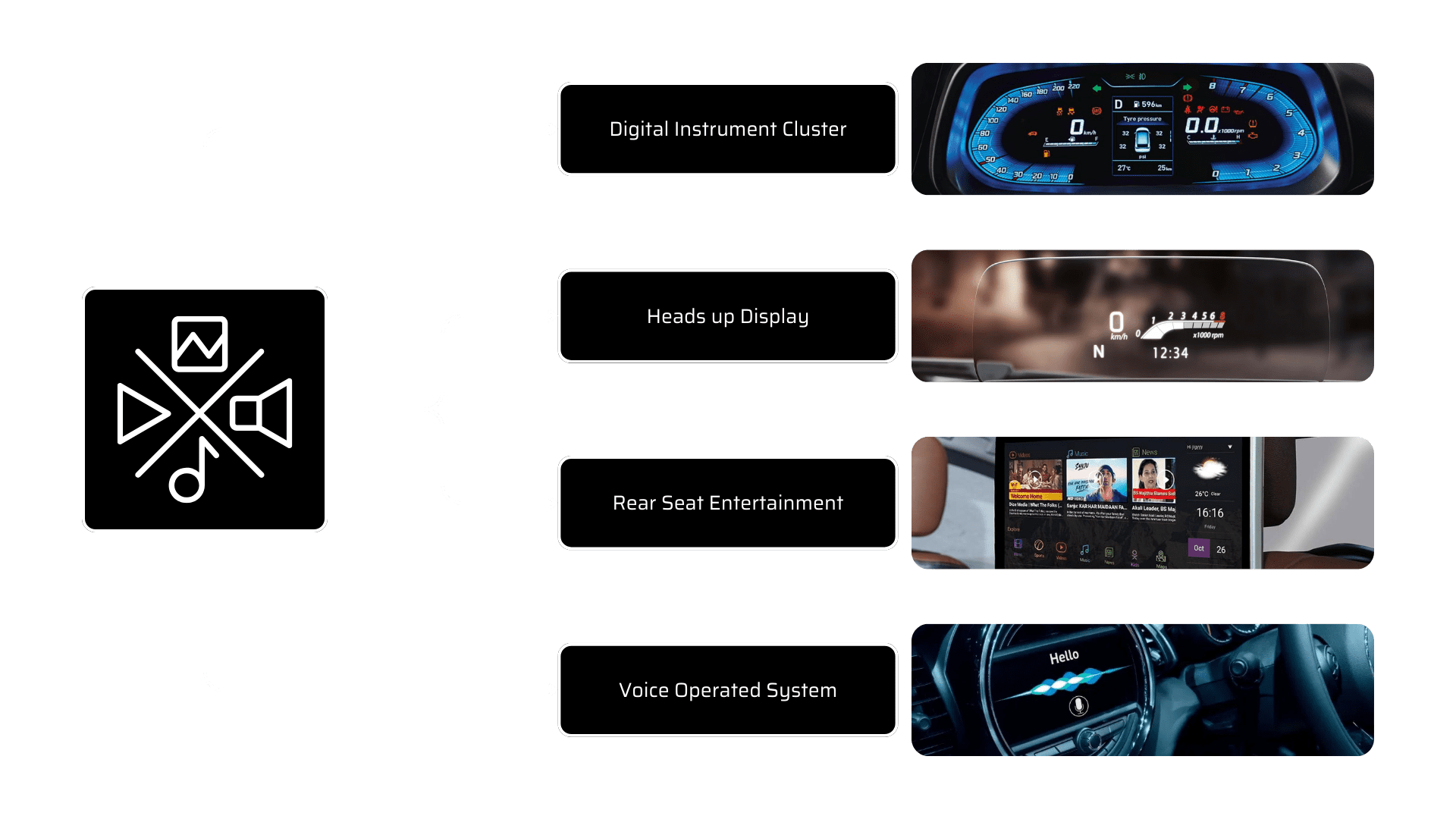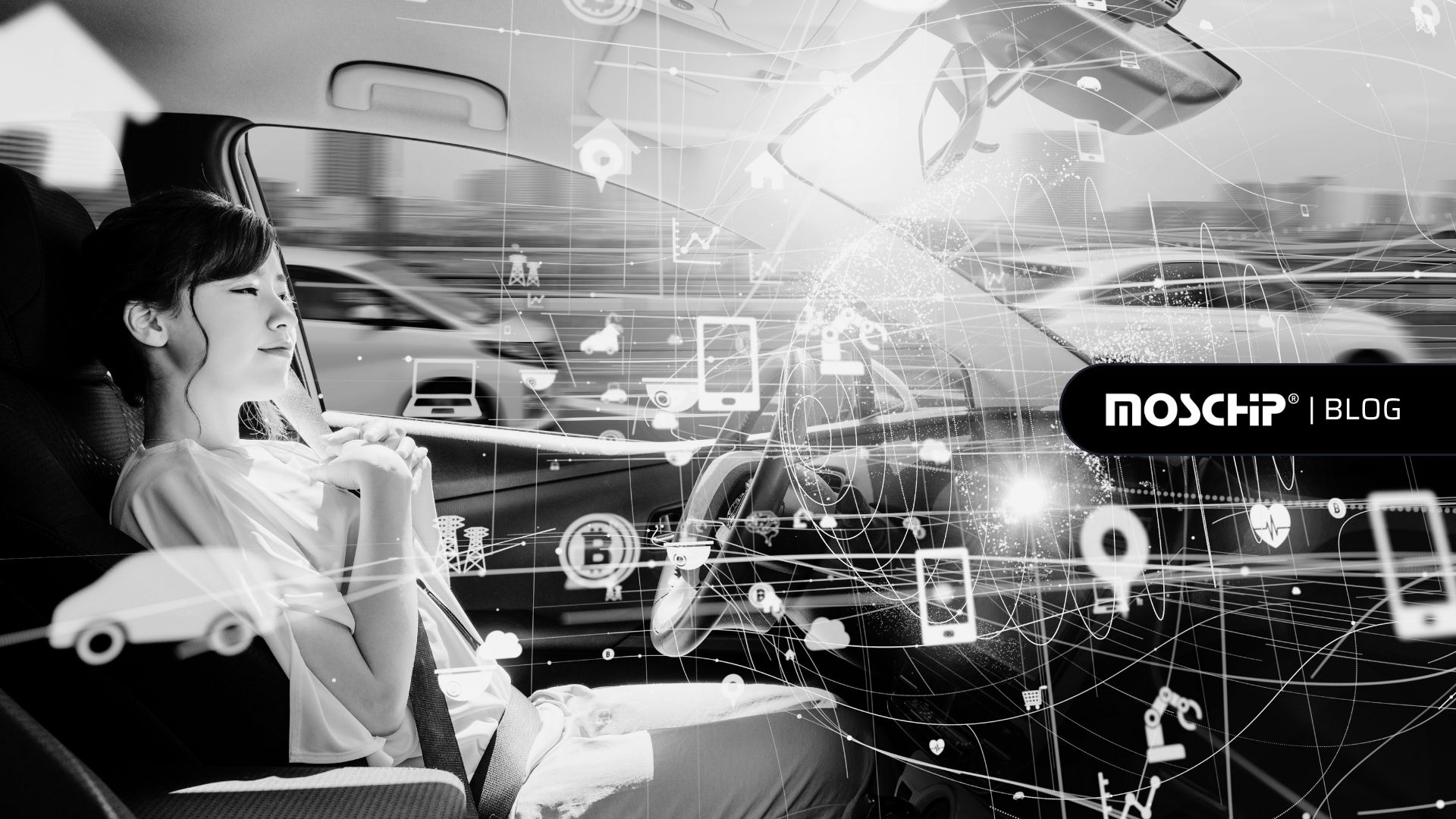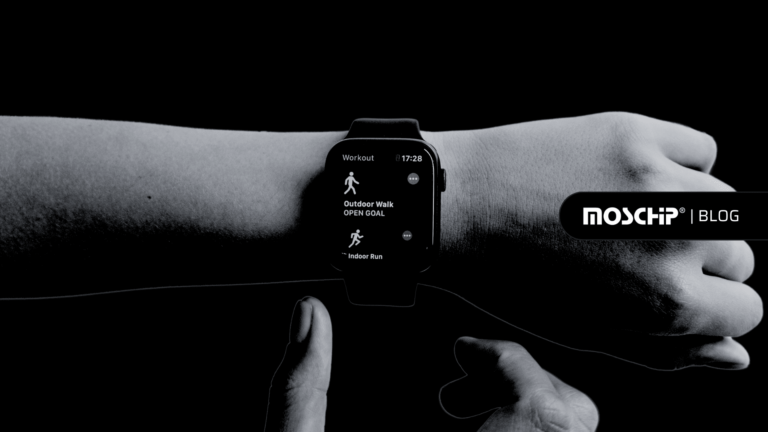How Automotive HMI Solutions Enhances the In-Vehicle Experience?
With new-age technologies, customers now have higher expectations from their vehicles than ever before. Many are more concerned with in-car interfaces than with aesthetics or engine power. The majority of drivers desire a vehicle that makes their lives easier and supports their favourite smartphone apps. HMI (Human-Machine Interface) solutions for automobiles are features and components of car hardware and software that enable drivers and passengers to interact with the vehicle and the outside environment. Automotive HMI solutions improve driving experiences by allowing interaction with multi-touch dashboards, voice-enabled vehicle infotainment, control panels, built-in screens, and other features. They turn a vehicle into an ecosystem of interconnected parts that work together to make driving more personalized, adaptive, convenient, safe, and enjoyable. FuSa (ISO 26262) complied HMIs, which are powered by embedded sensors and smart systems, enabling the vehicle to respond to the driver’s intent and preferences. The global automotive HMI market size is projected to reach $33.59 billion by 2025 with a 9.90% growth rate as per the reports stated by the allied market research group.
Let us see a few applications of HMI in the automotive industry and how it enhances the driver/passenger experience.
Application & Benefits of HMI Solutions
Digital Instrumental Clusters
An instrument cluster is seen in every vehicle. An instrument cluster is a board that houses a variety of gauges and indicators. The instrument cluster is located right behind the steering wheel in the dashboard. To keep track of the vehicle’s status, the driver relies on the gauges and indicators. The modern car cockpit’s full electronics features are accessible through the digital instrument cluster. With the help of digital clusters vehicle driving information, such as speed, gasoline or charge level, trip distance calculator, route planning graphics, and so on, are combined with comfort information, such as outside temperature, clock, and air vent control. In addition, these digital clusters connect with the vehicle’s entertainment system to control multimedia, browse a phone book, make a call, and choose a navigation destination location. For instance, with use of a tachometer, indicates how fast the engine is turning.
Heads Up Display (HUD)
The Heads Up Display (HUD) is a transparent display fitted on the dashboard of a car that displays important information and data without diverting the driver’s attention away from their normal viewing position. Whether it’s speed or navigation, you have it all in one place. It gives critical information to drivers so that they are not distracted. Driver tiredness is reduced greatly since they are not forced to search for information within the vehicle, allowing them to concentrate more on the road.

Automotive HMI Solutions
Rear-Seats Entertainment (RSE)
Rear-Seats Entertainment (RSE) is a fast-growing car entertainment system that heavily relies on graphics, video, and audio processing. TV, DVD, Internet, digital radio, and other multimedia content sources are all integrated into RSE systems. One can keep the whole family engaged while traveling with the Rear-Seat Entertainment System. As the system is installed with wireless internet connectivity, they can surf the web, manage their playlist, interact with their social media platforms, and can get access to many more services.
Voice-Operated Systems
Modern voice-activated systems enable very natural communication with a vehicle. They can even understand accents and request additional information if necessary. This is made possible by the incorporation of Artificial Intelligence and Machine Learning, as well as general advances in Natural Language Processing and cognitive computing. Apple CarPlay apps, for example, will allow users to navigate, send and receive messages, make phone calls, play music, and listen to podcasts or audiobooks. All of this is controlled by voice command, ensuring a safer atmosphere and allowing the driver to concentrate on the road.
Haptic Technology
It’s also known as 3D touch, and it’s a technology that gives the user a tactile sensation by applying forces, vibrations, or motions. Haptics can be used, when consumers need to touch a screen or operate some functionalities. In its most basic form, a Haptic system will consist of a sensor – such as a touchpad key – that sends the input stimulus signal to a microprocessor. The microprocessor generates a suitable output, which is amplified and transmitted to the actuator. The actuator then produces the vibration that the system requires. Automobiles are also becoming increasingly adept at recognizing their surroundings and reacting properly by issuing safety warnings and alarms. Information can easily be communicated to the driver by vibration alerting, rather than unpleasant lights or noises. For instance, when a lane change is detected without warning, the steering wheel can produce vibrations to alert the driver. The seats can also vibrate to alert the driver if they move lanes too slowly. As in the case of General Motors in 2015 under the Chevrolet brand, they introduced the Safety Alert Seat. The car can share collision risk and lane departure with the driver via haptic input in the seat. It was one of the first automobiles that employ the touch sensation to communicate with the driver.
In-Car Connected Payments
The concept of connected commerce is gaining popularity and creating opportunities for brands and OEMs. In this case, users will receive an e-wallet with biometric identification verification that will allow them to pay for nearly anything on the go, including tolls, coffee, and other billers and creditors. While in-car payments may not appear to be a huge advantage at present, the future of such HMI services may include more than just parking and takeaway.
This cannot be restricted to only advertisements, age and gender detection can also help businesses in taking quick decisions by managing appropriate support staff in retail stores, what age and gender people prefer visiting your store, businesses, etc. All this is more powerful and effective if you are very quick to determine and act. So, even more, a reason to have this solution on Edge TPU.
Driver Monitoring System
A driver-monitoring system is a sophisticated safety system that uses a camera positioned on the dashboard to detect driver tiredness or distraction and deliver a warning or alert to refocus the driver’s attention on the road. If the system detects that the driver is distracted or drowsy, it may issue auditory alarms, and illuminate a visual signal on the dashboard to grab the driver’s attention. If the driver’s internal sensors indicate that he or she is distracted, and the vehicle’s external sensors indicate that a collision is imminent, the system can automatically apply the brakes, integrating inputs from both the interior and outside sensors.
The interface between the vehicle and the human has transformed as we move towards smart, interconnected, and autonomous mobility. Today’s HMI solutions not only improve in-vehicle comfort and convenience but also provide personalized experiences. These smart HMI solutions convey critical information which is important and needs attention from the driver. This reduces driver distraction and improves vehicle safety. HMI makes information processing and monitoring simple, intuitive, and dependable.
At MosChip, we help automotive businesses to design HMI & Infotainment-based solutions such as gesture recognition, voice recognition, touch recognition, infotainment sub-menu navigation & selection, etc. involving FPGAs, CPUs, and Microcontrollers. Our team of experts has experience working with autonomous driving platforms, functions, middleware, and compliances like adaptive AUTOSAR, FuSa (ISO 26262), and MISRA C. We support our clients in the entire journey of intelligent automotive solution design.
About MosChip:
MosChip has 20+ years of experience in Semiconductor, Embedded Systems & Software Design, and Product Engineering services with the strength of 1300+ engineers.
Established in 1999, MosChip has development centers in Hyderabad, Bangalore, Pune, and Ahmedabad (India) and a branch office in Santa Clara, USA. Our embedded expertise involves platform enablement (FPGA/ ASIC/ SoC/ processors), firmware and driver development, BSP and board bring-up, OS porting, middleware integration, product re-engineering and sustenance, device and embedded testing, test automation, IoT, AIML solution design and more. Our semiconductor offerings involve silicon design, verification, validation, and turnkey ASIC services. We are also a TSMC DCA (Design Center Alliance) Partner.
Stay current with the latest MosChip updates via LinkedIn, Twitter, FaceBook, Instagram, and YouTube







